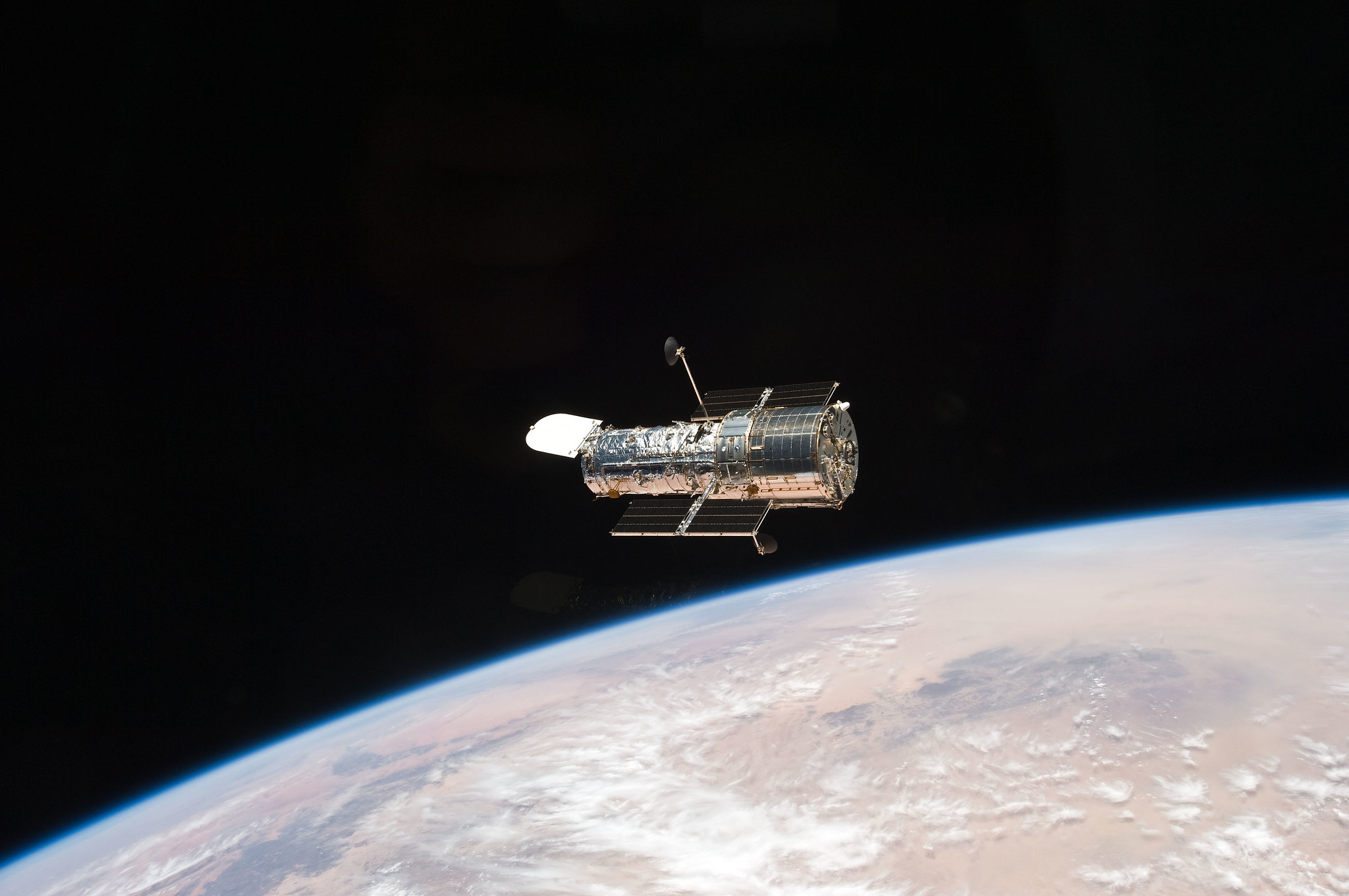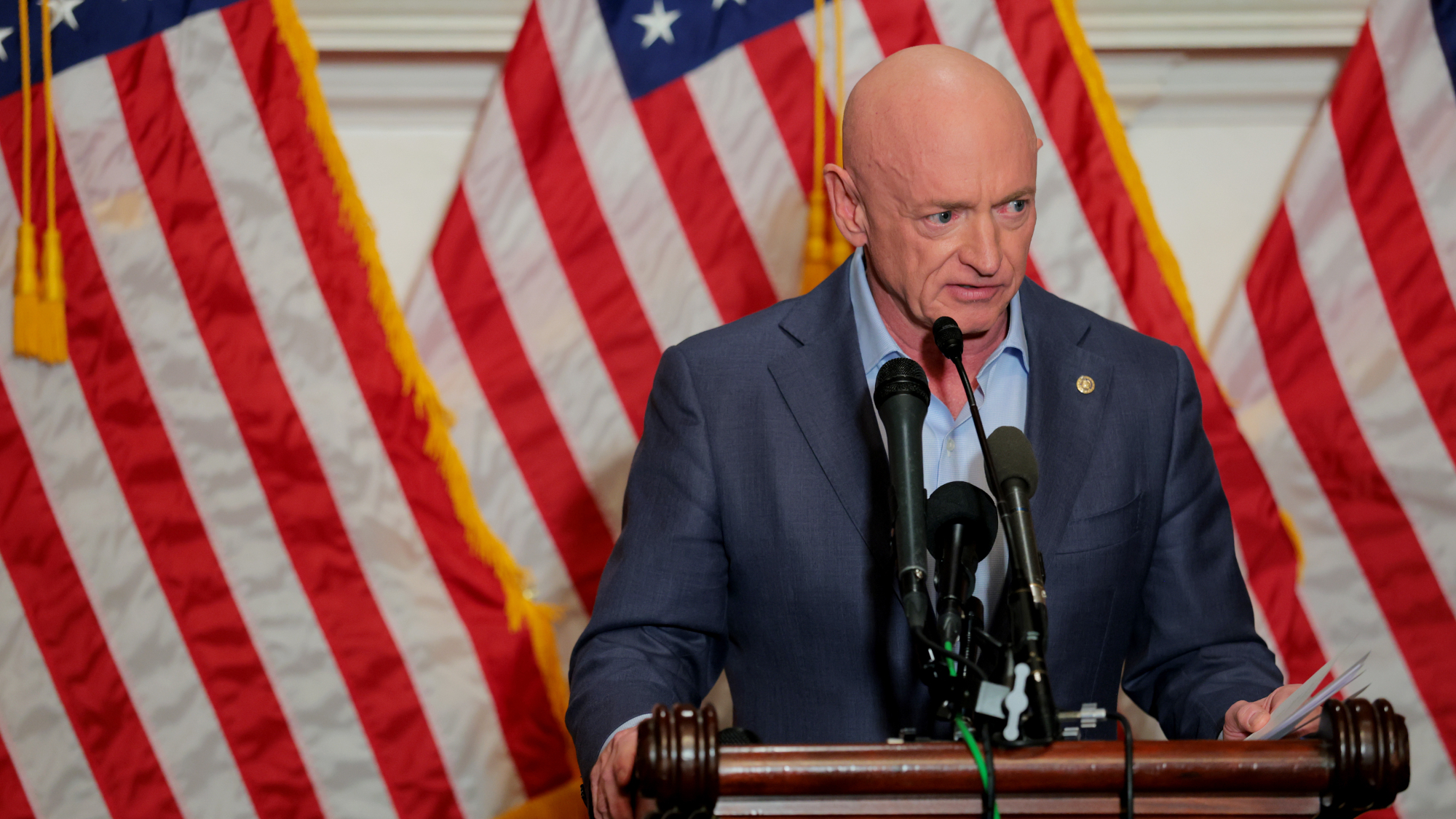Hubble Space Telescope is back online after software glitch

The venerable Hubble Space Telescope is recovering from a glitch that halted its science operations over the weekend, according to NASA.
The telescope entered "safe mode" unexpectedly on Sunday morning (March 7), stalling the observatory's science observations due to an apparent software glitch. Science operations resumed late Thursday (March 11). While Hubble is partially back to work, NASA is still troubleshooting one instrument on the 30-year-old telescope, according to a statement released on Friday (Mar. 12).
"The telescope has completed its first observation since returning to science mode, using the Cosmic Origins Spectrograph instrument to map gas flows in active galactic nuclei," NASA officials wrote in the statement. "Wide Field Camera 3 remains suspended while the team investigates a low-voltage issue that prevented it from returning to operations." The Wide Field Camera 3, or WFC3, was installed in 2009 during NASA's final servicing mission to Hubble by astronauts.
Related: The best Hubble Space Telescope images of all time!
The WFC3 issue was an "unexpected error," according to NASA, that occurred when the telescope was transitioning from safe mode into pre-science after the team addressed the initial software glitch. NASA offered no additional details about the camera, noting only that "The team is currently reviewing that issue and possible solutions."
The software glitch stemmed from a recent modification to the telescope's code meant to address Hubble's gyroscope issues, the statement continues. Hubble uses gyroscopes to point itself properly in order to lock onto a science targets during observations. The telescope has six gyroscopes, but only three are still working after three decades in orbit. For now, the Hubble team is blocking that enhancement; later, engineers will tweak it for future use.
While the telescope was in safe mode, the team identified another issue the spacecraft is experiencing. The telescope sports a door at its top that can automatically block out the sun's light and heat in case Hubble mistakenly turns in the direction of the star. The door hasn't been called into service in that way to date, according to NASA, but it is meant to shut when the telescope enters safe mode. Engineers now believe they have addressed the issue by switching the door to rely on its backup motor.
Breaking space news, the latest updates on rocket launches, skywatching events and more!
The Hubble Space Telescope launched in April 1990; astronauts made five separate visits to repair and upgrade the observatory using NASA's space shuttle fleet, most recently in 2009. Ever since those vehicles retired in 2011, Hubble has been on its own.
Still, NASA is confident that the iconic telescope has plenty more work ahead of it. "Hubble's instruments are expected to produce ground-breaking science for years to come," according to the statement.
Email Meghan Bartels at mbartels@space.com or follow her on Twitter @meghanbartels. Follow us on Twitter @Spacedotcom and on Facebook.

Meghan is a senior writer at Space.com and has more than five years' experience as a science journalist based in New York City. She joined Space.com in July 2018, with previous writing published in outlets including Newsweek and Audubon. Meghan earned an MA in science journalism from New York University and a BA in classics from Georgetown University, and in her free time she enjoys reading and visiting museums. Follow her on Twitter at @meghanbartels.
